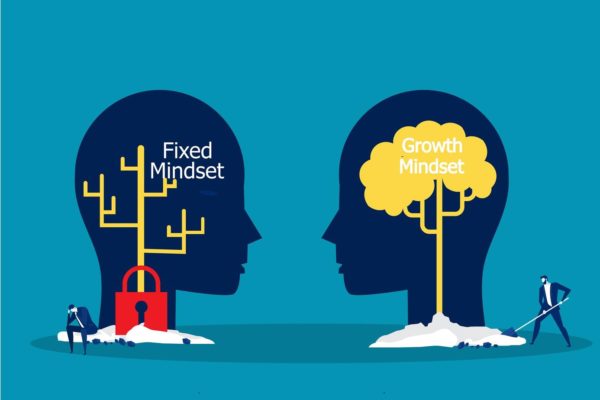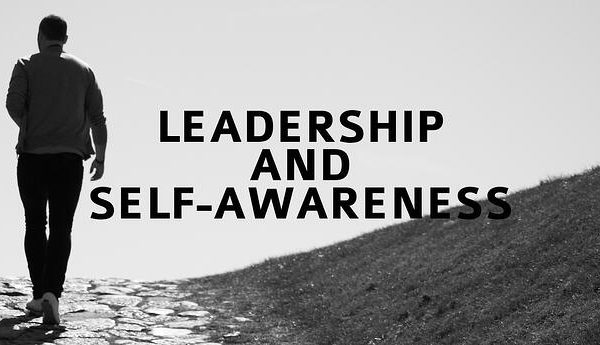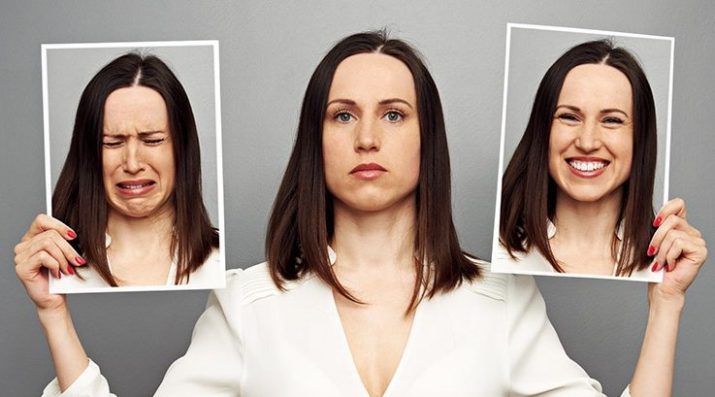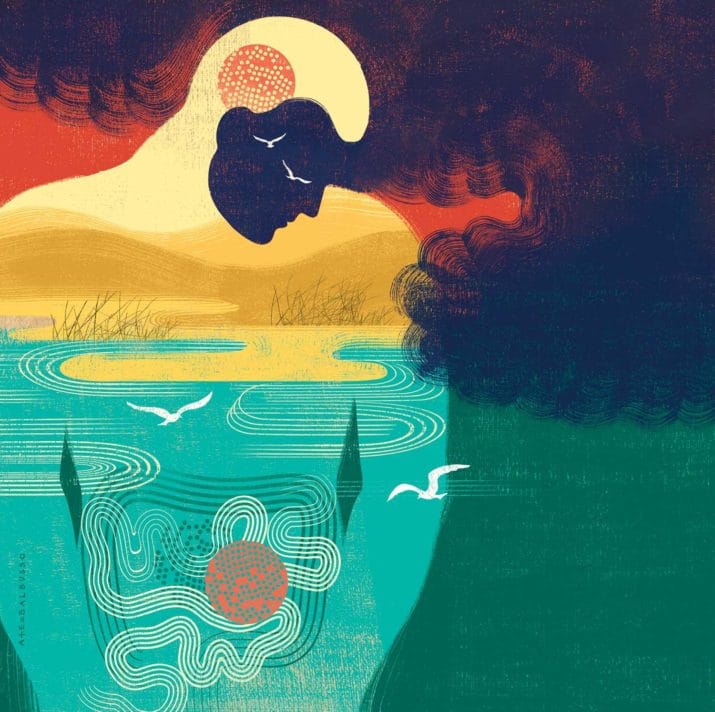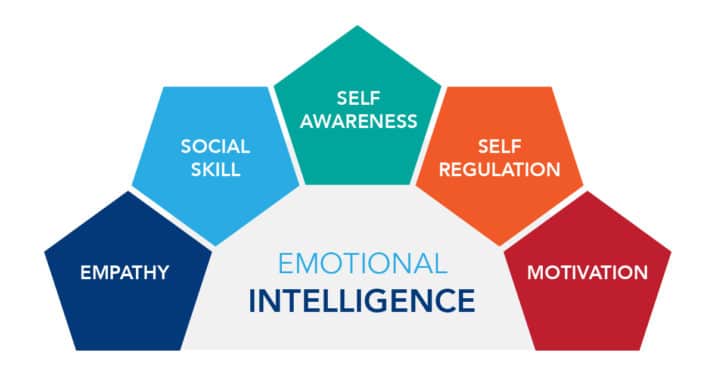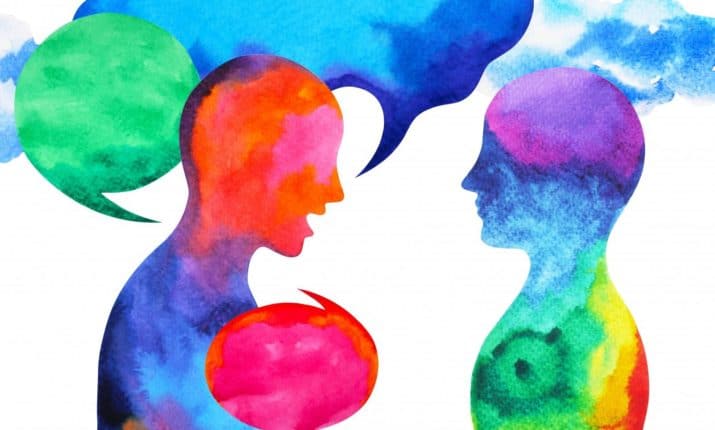Once we start getting into the natural rhythm of our workplace our minds make mental shortcuts, or unconscious biases, to save time and energy. Unconscious biases in the workplace are detrimental to productivity, yet they are universal.
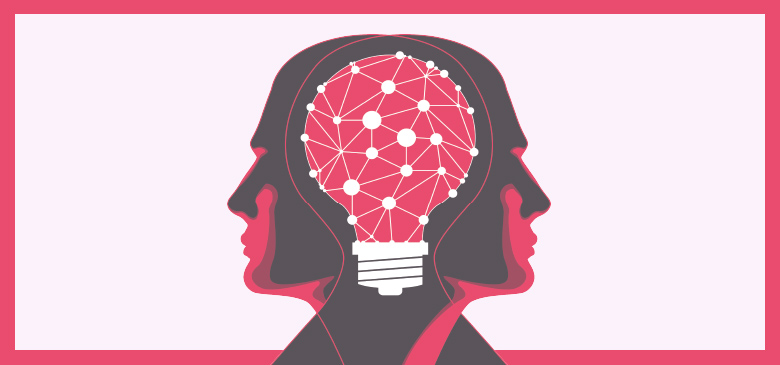

Leaders must assess their own use of unconscious biases and readjust when necessary. This article highlights 10 unconscious biases and strategies to counteract their effects from negatively influencing your business environment.
What are Unconscious Biases?
Unconscious biases are mental shortcuts during judgments using prior experience or deep-seated beliefs. These beliefs are learned assumptions or attitudes that exist below our level of awareness.
Our unconscious mind categorizes people into social groups or specific characteristics to make sense of our complex environment. The problem is that this type of thinking skews our assumptions, which results in unintentional stereotyping.
We all feel comfortable around people who are similar to us (the ingroup) and have negative biases towards those who differ from us (the outgroup). In other words, we unconsciously feel at ease with people who feel ‘similar’ or events that feel ‘right.’
There are around 150 unconscious biases and they each have profound effects on our personal and professional lives.
Our Brains Role in Unconscious Bias
People have a universal tendency to lean towards bias because of its specific origin within the brain.
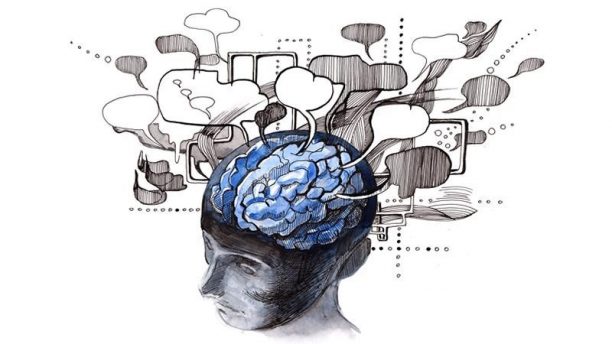

Researchers have localized biases in the same brain region that stores fear and threat. The original development for unconscious biases surrounds our survival tactics.
These mental shortcuts were hardwired into our brains to help us quickly sort ‘good’ or ‘bad’ and make quick decisions about whether something was safe or not.
Fortunately, research suggests that unconscious bias can be reversed. This takes an intentional effort to bring the unconscious into conscious awareness.
Unconscious Biases and the Workplace
Unconscious biases contribute to lack of diversity and infect every level of an organization.
10 unconscious biases influence organizational environments and are especially prevalent in the recruitment/hiring processes.
Expectation Bias
An employee’s expectation about the outcome of a job affects how people see their own or other people’s behavior. For instance, a hiring manager assumes that the new employee doesn’t know much about computers since 65.
Gender Bias
Preferring one gender over another gender in the workplace. Although unintentional, gender bias can be seen in software engineering.
Attribution Bias
Making assumptions about certain people based on how they act with a small amount of information. Attribution bias can make a manager think that a new hire is anti-social because they didn’t talk during orientation. In reality, the new hire had strep throat.
Affinity Bias
The tendency to connect with people who have the same interests, experiences, and backgrounds, is also known as the “similarity bias.” An example of affinity bias is when companies hire for “culture fit” when they are looking for people who share the same interests.
Horns Effect Bias
People have a tendency to see someone as bad when they hear something unpleasant about them. Horns effect bias can make a supervisor see their employee in a negative light after they learn about their political views.
Confirmation Bias
An urge to draw conclusions about a situation or person based on your own preferences, beliefs, and prejudices, rather than on the facts. In hiring, this unconscious bias makes you think of the candidate based on things like their name, where they come from, and where they went to school. This thought can follow you into the interview process and help you ask questions that will back up your first impression of the person.
Contrast Effect Bias
Comparing an applicant to another employee. In hiring, these are the most common types of bias. Can be easy to compare one application to the next and see which one is better than the other. If you have a great interview with one candidate, it might make the next one look bad.
Age Bias
Tendency to have negative feelings about another person based on their age. Ageism affects older people more often than younger people. For example, a younger employee may avoid helping an older employee because they assume that “older people don’t like the younger generation.”
Nonverbal Bias
Using body language and other nonverbal communication traits to make a decision. Whether it’s a weak handshake, folded arms, or difficulty holding eye contact, it’s easy to take these cues as disinterest, overconfidence, or an overall negative attitude.
Conformity Bias
The tendency to act like the people around you, no matter what their own beliefs or habits are (peer pressure). During a meeting to look over a candidate’s application, conformity bias can make people change their minds about a candidate to match the majority’s.
How to Reduce Unconscious Bias
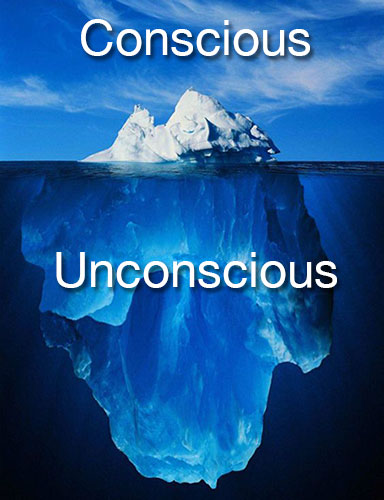

The first step to overcoming unconscious bias is recognizing that we all have them.
Self-awareness allows employees to recognize which unconscious biases they consistently use and why they use them.
An excellent practice to develop self-awareness is to monitor your thought processes and catch yourself while taking part in unconscious bias.
Then, write the bias down along with preceding thoughts. After a while, you will start noticing patterns of recurring thoughts.
Alternatively, you could take an Implicit Association Test to determine which perceptions are most likely governed by unconscious biases.
Once you identify which unconscious biases you use regularly, preventative action can be implemented.
Conclusion
It is difficult to change other people, since unconscious biases are a universal phenomenon and hardwired in our brains neural connections.
The best way to inspire change is to model the change you want to see.
By developing the self-awareness of your own unconscious biases and minimizing the use of your own unconscious biases, you communicate that change is possible.
If you need a refresher on authenticity, check out my article!
Bianca Cardenas, M.S., Ph.D., is a Fellow in Executive Assessment and Consulting with Leadership Worth Following. Dr. Bianca Cardenas empowers leaders to transcend competition by helping them unlock their people's potential.




